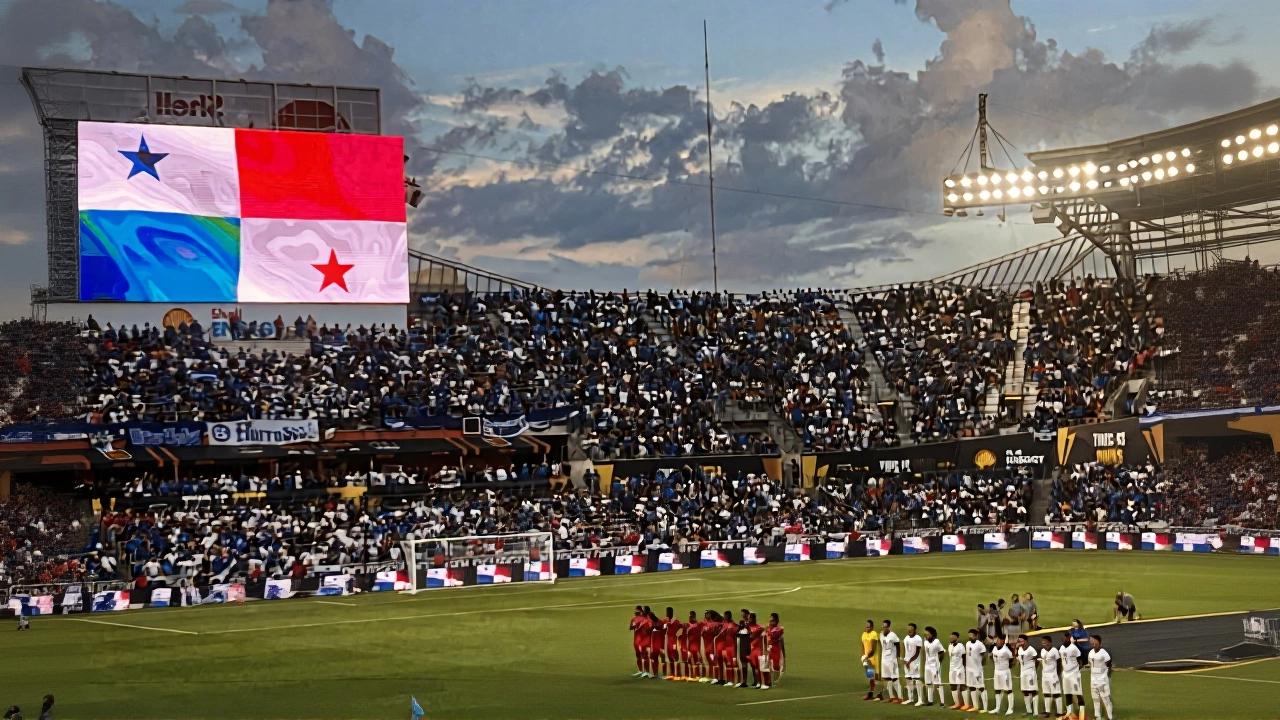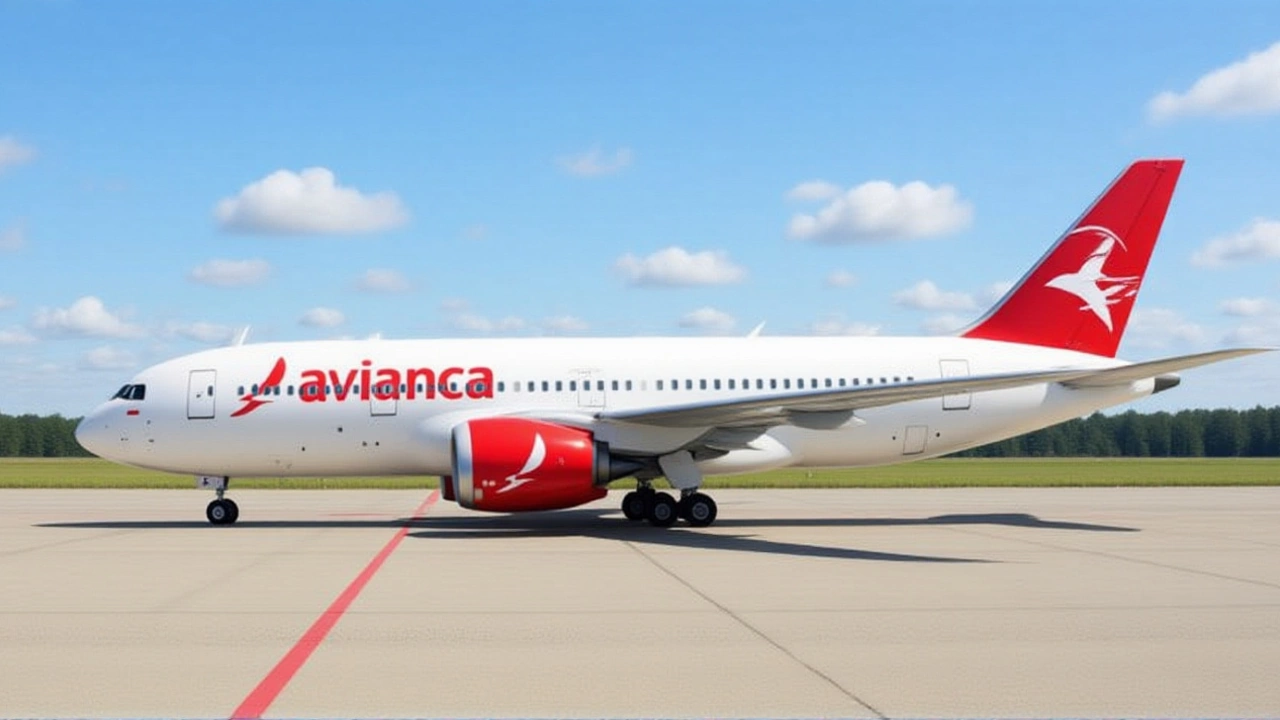When travelers at El Salvador International Airport and Tocumen International Airport arrived for their flights this week, many found their gates silent — no announcements, no boarding calls, just confusion. Avianca Airlines has abruptly suspended three major international routes, effective late August and early September 2025, leaving hundreds stranded and entire travel plans in shambles. The cuts, confirmed in a schedule update published at 0600 PDT on July 30, 2025, hit hardest in Central America, where Avianca has long been the backbone of regional air travel.
What’s Been Cancelled — And Who’s Affected
The airline is discontinuing:
- Bogotá–Havana (one daily A320neo flight, ending August 31, 2025)
- Managua–Fort Lauderdale/Hollywood (one daily flight, ending September 4, 2025)
- Medellín–Lima (three weekly A320 flights, ending September 1, 2025)
The Managua–Fort Lauderdale route is especially critical because it includes a stop in San Salvador. That means the weekly frequency between Managua and San Salvador is being slashed from 26 to just 19 flights — a 27% drop. For families, business travelers, and migrants with ties across Central America, this isn’t just an inconvenience. It’s a lifeline cut.
Avianca (El Salvador), once known as TACA, has operated this network since the 1990s. The airline’s hub in Panama City connects 16 destinations across Latin America and the U.S., including Cancún, Mexico City, Bogotá, and Lima. The airline phased out its last Embraer 190 in July 2019, signaling a shift toward larger, more efficient aircraft — but now, even those are being pulled from key corridors.
Why Now? The Unspoken Reasons
Avianca hasn’t officially explained the cuts. But industry watchers say it’s not random. The airline, part of Avianca Holdings S.A., has been trimming its fleet and simplifying operations since 2021. In 2020, it suspended all international flights during the pandemic. In 2025, it sold off its last turboprop assets — including 13 Cessna 208s and two ATR 42s — through its subsidiaries, further narrowing its operational scope.
There’s also financial pressure. After emerging from Chapter 11 bankruptcy in 2020, Avianca has struggled to regain profitability. Fuel costs are up. Demand on some routes — especially Havana and Lima — has plateaued. And competition from low-cost carriers like Volaris and Wingo is eating into margins. The cancellations aren’t just about bad weather or staffing issues. They’re strategic retreats.
“This is a painful but necessary recalibration,” said one former Avianca operations manager, who asked not to be named. “They’re betting on high-yield routes and cutting the rest. But they forgot to tell the passengers.”

Travelers Left in the Lurch
At Tocumen International Airport, long lines formed at customer service desks as travelers tried to rebook. One woman from San Salvador, Maria Lopez, was headed to Fort Lauderdale for her daughter’s college graduation. “I’ve flown this route every year since 2018,” she said, holding a printed itinerary. “Now I have to fly to Miami via Atlanta? That’s two days and $800 more. They didn’t even send an email.”
Reports from El Salvador International Airport describe similar scenes. Passengers with connecting flights to Medellín or Lima were stranded overnight. Some were offered vouchers for future travel — but with no clear expiration date. Others were told to book with rival airlines at their own cost.
According to airport officials, over 1,200 passengers were directly impacted by the route cancellations in the first 72 hours. Exact numbers remain unconfirmed, but the ripple effect is undeniable. Hotels near both airports reported full bookings from displaced travelers. Rental car companies saw a 40% spike in demand.
What’s Next? The Broader Fallout
This isn’t the first time Avianca’s cuts have caused chaos. In October 2025, the airline joined LATAM and others in suspending 34 flights across South America, leaving travelers stranded in Bogotá, Lima, and São Paulo. Now, the same pattern is repeating — but this time, the heart of the disruption is Central America.
Local tourism boards are panicking. El Salvador’s Ministry of Tourism warned that the cuts could reduce visitor numbers from North America by up to 15% in the next quarter. Panama’s tourism authority is scrambling to negotiate emergency codeshare agreements with Copa Airlines and American Airlines.
Meanwhile, Avianca Costa Rica — which operates under the same parent company — continues flying to San Salvador, Bogotá, and Lima. But that doesn’t help passengers from Managua or Medellín. And while the airline says it’s “working to normalize operations,” many travelers are losing faith.

The Human Cost of Corporate Strategy
Behind every canceled flight is a story: a grandmother visiting her grandchildren, a nurse flying for a medical conference, a student returning home after studying abroad. Avianca’s decisions are driven by balance sheets. But the human cost? That’s not on any spreadsheet.
What’s worse, the airline’s communication has been silent. No press releases. No apology videos. No hotline updates. Passengers are left to check their emails — or worse, call customer service, where hold times exceed 90 minutes.
For a carrier that once prided itself on being the “airline of Latin America,” this feels like a betrayal.
Frequently Asked Questions
How many passengers are affected by Avianca’s route cancellations?
Over 1,200 passengers were directly impacted in the first three days after the cancellations were announced, with the majority stranded at El Salvador International Airport and Tocumen International Airport. The Managua–San Salvador route alone affects roughly 1,500 weekly travelers, and the full impact across all three routes may exceed 5,000 passengers by early September.
Why didn’t Avianca give travelers more notice?
Avianca announced the cancellations on July 30, 2025 — just 30 to 40 days before the first route ends. Industry standards recommend 90 days’ notice for major route changes. Passengers and travel agents have criticized the timeline as insufficient, especially since many booked non-refundable tickets months in advance.
Can I get a refund if my flight was canceled?
Under EU and U.S. regulations, passengers are entitled to a full refund if their flight is canceled by the airline — regardless of ticket type. However, Avianca is currently offering vouchers instead, and many travelers report difficulty getting cash refunds. Legal experts advise filing formal refund requests in writing, citing the U.S. Department of Transportation’s rules on airline cancellations.
Are other airlines stepping in to fill the gaps?
Copa Airlines has added two weekly flights from Panama City to San Salvador starting August 15, and American Airlines is exploring a new route from Miami to San Salvador via Guatemala. But none of these match the frequency or pricing of Avianca’s old service. For now, travelers face higher fares and longer layovers — if they can find seats at all.
What does this mean for Central America’s tourism industry?
The cancellations could reduce North American tourism to El Salvador and Panama by 10–15% in the next quarter, according to the Inter-American Development Bank. Both countries rely heavily on U.S. visitors for revenue. With fewer direct flights, travelers may choose destinations like Cancún or Costa Rica instead — where air service remains stable.
Is Avianca going out of business?
No. Avianca Holdings remains operational, with hubs in Bogotá, San Salvador, and Lima. But the airline’s network is shrinking. Analysts say it’s pivoting to high-demand, high-yield routes — and leaving smaller markets behind. The long-term survival of its Central American operations depends on whether it can attract new partners or government subsidies to keep regional routes alive.
